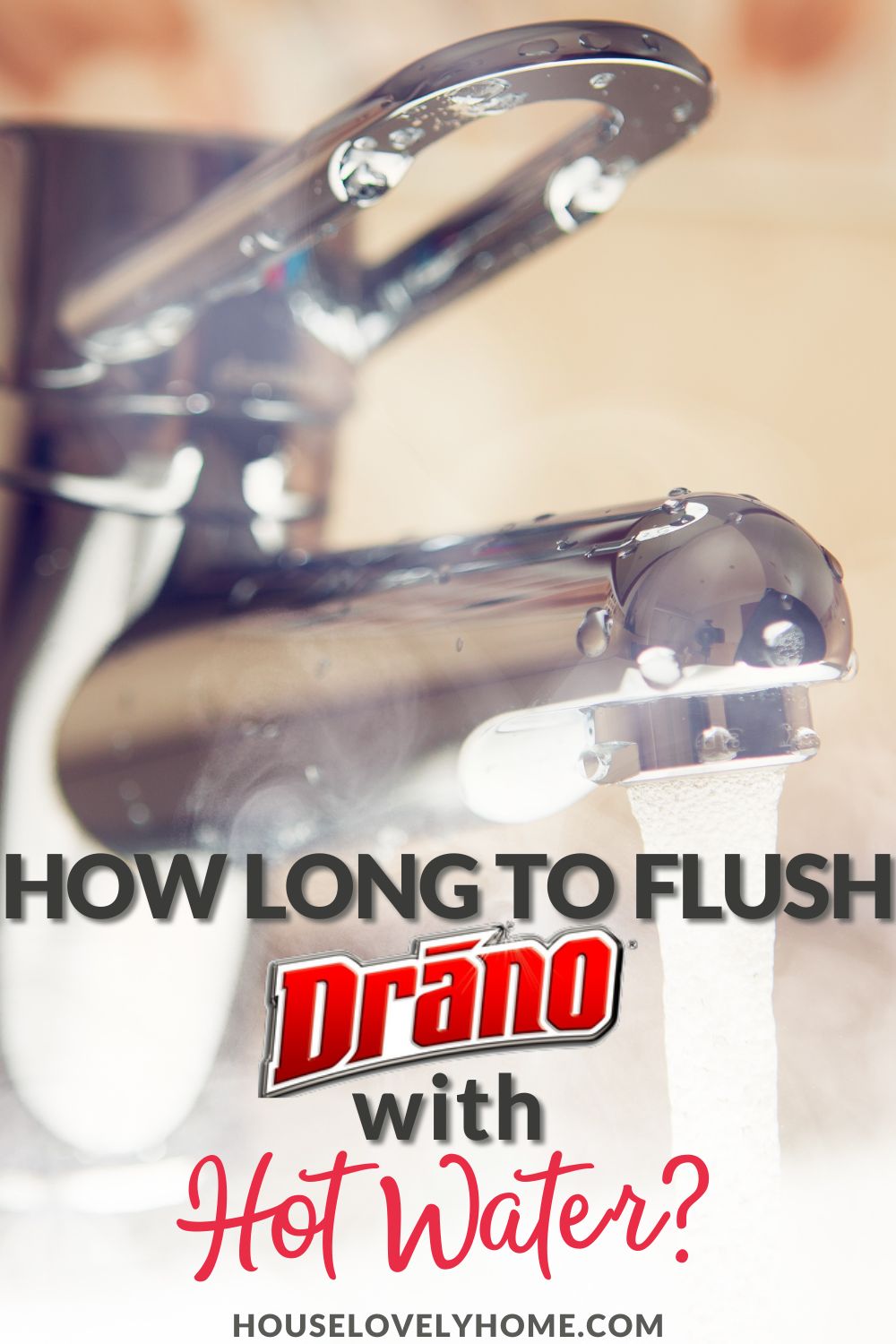Drano is a popular household product that is used to unclog drains. It can be effective, but it’s important to use it properly.
This can help to prevent any damage to your plumbing.
In this blog post, we will discuss how long you should flush Drano with hot water in order to clear your drain. We will also provide some tips on how to avoid clogs in the first place!
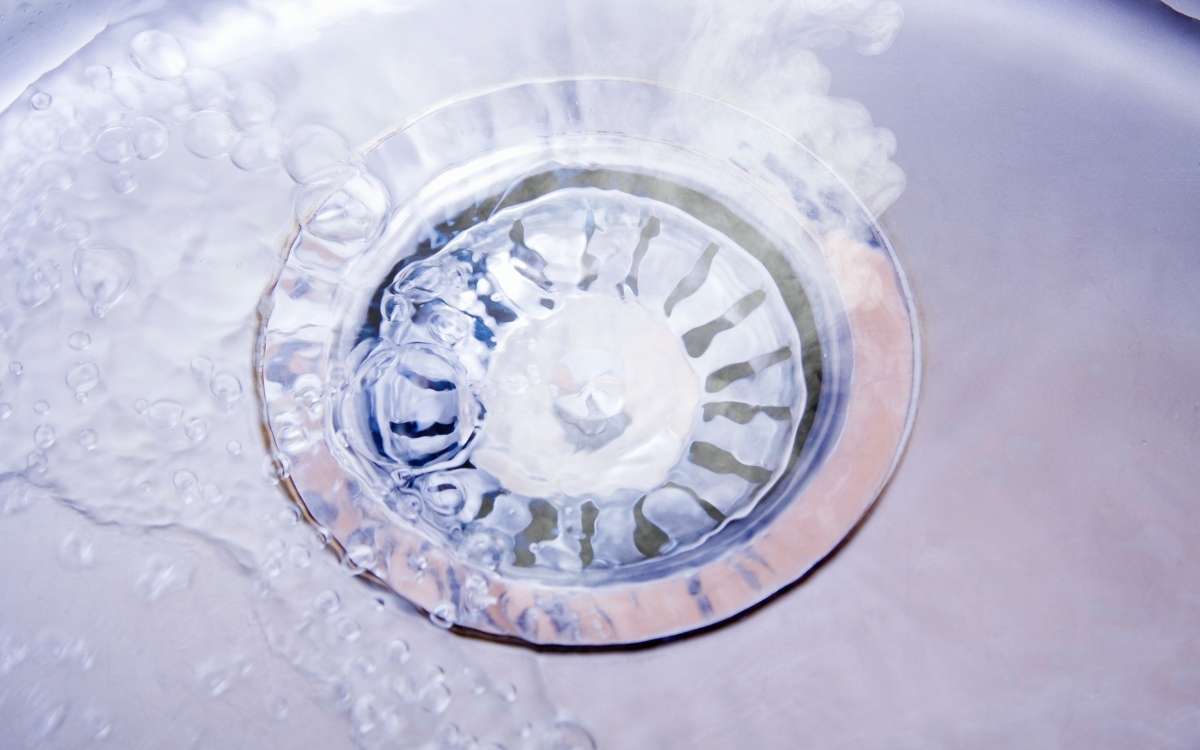
How Long Should You Flush Drano With Hot Water?
When you add your Drano, leave it there for at least 15 minutes. For tougher clogs or standing water, you can leave the solution there for up to 30 minutes.
Make sure to pour the solution into the drain slowly so that it has time to work.
Once the time is up, flush your drain with hot water for at least five minutes and up to 15 minutes. This will help to remove any residue that may be left behind.
You can also use a plunger to help loosen the clog before flushing with hot water. This will help the flushing water to do a better job of clearing the clog.
How hot is hot enough when it comes to your water? Using the full hot setting on your sink or tub will usually work just fine.
However, if you have a cold tap, you may want to run the water a bit longer or heat up the water before adding it to your drain.
Once you have flushed your drain with hot water, it’s a good idea to run cold water for a minute or two. This will help to cool down the pipes and prevent any further clogging.
You should now have a clear drain! If you find that your drain is still clogged, you may need to repeat the process or try another method.
Do You Need to Rinse Drano?
Drano is caustic and can damage your pipes if it’s left in there for too long. Caustic substances work by corroding the material they come into contact with.
This is great news when it comes to breaking down grease, hair, food, and other substances that can clog your drain.
However, you don’t want chemical drain cleaners to sit in your metal pipes for too long because they can corrode them. Corroded pipes are dangerous because they can leak, and they’re also more likely to become clogged.
They may also leech harmful chemicals into your water.
For this reason, it’s important to rinse Drano out of your pipes with hot water after you’ve used it. It’s ok if you wait a little longer than recommended on the bottle, but don’t let the solution sit in your drains all day or overnight.
Even a few hours of extra exposure can cause damage.
This can happen in either plastic or metal pipes. However, Drano Max Gel boasts of having strong anti-corrosive properties that can even keep your plastic pipes and PVC pipes safe.
Of course, don’t leave it in there for too long just to be safe.
Can Hot Water Fix Clogged Drains?
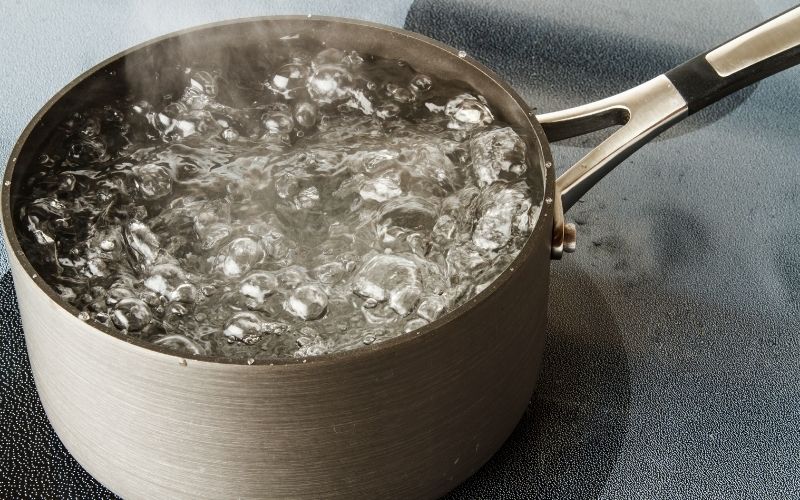
Yes, hot water can help to clear clogged drains. The heat can help to break down grease and other substances that may cause clogs.
Hot water also works well at breaking up hair and soap scum. This works particularly well in your shower drain or any slow-running drains in your home.
Since you likely normally use hot water when bathing or in the kitchen, your pipes are probably getting a good cleaning every day. However, if you have a clog that’s been sitting for a while, you may need to use hotter water than usual.
You can use the hottest setting on your tap or even heat water in your kitchen. Then pour hot water directly into the clogged drain.
This won’t damage metal pipes like a chemical cleaner will, and water is something you likely always have on hand to work with!
How to Prevent Clogged Drains
The best way to avoid clogs is to be preventative. There are a few things you can do to reduce your chances of dealing with a clog.
Don’t Pour Grease or Oil Into Your Kitchen Drain
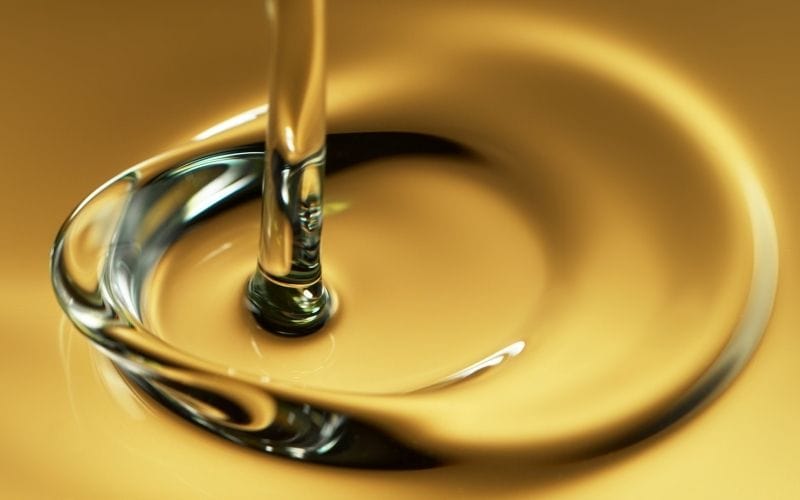
One of the main things that people pour down their drains that can cause clogs is grease. When you cook, there’s bound to be some grease left behind on your pots, pans, and plates.
It’s tempting to just pour it down the drain, but this is a surefire way to clog your pipes.
Instead of pouring grease down the sink, let it cool and solidify. Then you can scrape it into the trash.
Avoid Using Your Garbage Disposal With Certain Foods
Your garbage disposal is a powerful tool, but it’s not indestructible. Some foods can actually damage garbage disposals or clog your pipes.
Some of the worst offenders are starchy vegetables like potatoes and corn, as well as stringy fruits and vegetables like celery and pineapple. Coffee grounds, eggshells, and chicken bones can also damage garbage disposals.
It’s best to avoid using your garbage disposal altogether if you can. Instead, try to catch the scraps before they go down the drain.
If you must use it, be sure to only put small amounts of soft food down the drain at a time and run cold water at the same time while using your disposal system.
Use a Drain Cover
You can also use a drain cover to catch hair, soap scum, and other small objects before they have a chance to go down your drain. This is particularly helpful in showers and tubs and is also common in kitchen sinks to catch food waste.
There are all sorts of different drain covers available, so you can find one that fits your needs.
Be Careful What You Flush

Finally, be careful of what items you flush down any toilet bowls in your house. Many people think that anything that goes down the drain will just disappear.
However, your toilet is not a trash can!
Only flush human waste and toilet paper down your toilet. Other things like diapers, sanitary pads, cotton balls, and paper towels can cause serious clogs in your septic system.
(And keep in mind that you can not use Drano in a toilet).
Drano Alternatives for Drain Cleaning
If you’re not a fan of using harsh chemicals to clean your drains, there are some alternatives you can try:
Baking Soda & Vinegar
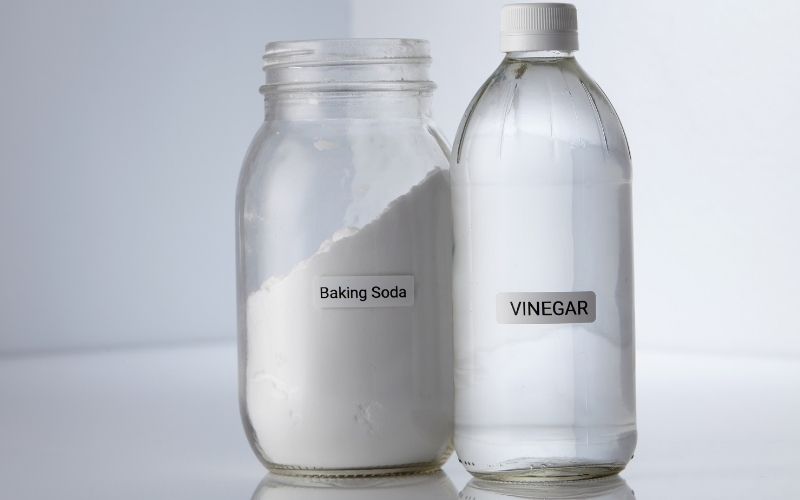
One popular option is baking soda and vinegar. You can pour half a cup of baking soda down your drain followed by half a cup of distilled vinegar. Let it sit for 30 minutes before running hot water down the drain to flush it out.
Pour Boiling Water Down the Drain
Another option is to simply pour boiling water down your drain. Boiling water can help to break up grease and soap scum.
Heat a kettle full of water and pour it slowly into any slow-running drains. This is a great option because there are no chemicals involved, which avoids any pipe corrosion.
Use a Plunger
If you have a clog that’s giving you trouble, you can try using a plunger. This works best with stubborn clogs and extremely slow-running drains.
The plunger, using pressure, can help to dislodge the clog so it can be flushed out with water or another method.
This method works great for a clogged bathtub because the plunger can seal around the drain to create suction and do heavy-duty work.
Use a Drain Snake

Drain snakes are a great way to break up tough clogs. They work by inserting the long, flexible metal coil down your drain.
The coil will catch on the clog and help to pull it out of the pipe. This method is great for clogs caused by items that may have slipped down the drain such as small toys as well as big clumps of hair.
Use Bleach Sparingly
One final option is to use bleach, but this should be used sparingly as it can damage your pipes. Pour a cup of bleach down the drain and let it sit for 30 minutes before flushing with hot water.
This method should only be used as a last resort as it can cause pipe corrosion in metal and plastic pipes.
It’s also important not to use bleach in conjunction with Drano products, because it could lead to dangerous chemical reactions that are unsafe for you and your home.
Salt & Boiling Water
Another option is to pour a cup of salt down your drain followed by boiling water. The salt will help to break down any grease or grime that’s causing the clog while the boiling water will flush it out.
Let the mixture sit for a few hours before running hot water down the drain.
Can I Use Drano in My Bathroom Sink?

Most people use Drano products in their bathtubs or in the kitchen sink, but they can also be used in bathroom sinks.
If you have a slow-running bathroom sink, you can pour half a cup of Drano down the drain followed by water. Let it sit for 15 minutes before running.
This can be helpful to occasionally unclog hair and soap scum.
You can use the above-mentioned options if you don’t have Drano Max available. If you don’t see the drains flowing freely after using the product, you can add boiling water or use your plunger to further release any material creating a blockage.
Final Thoughts
A clogged drain in your home can be a nuisance. By taking the proper precautions and using the right products, you can unclog your drain and have it running freely in no time.
Flushing your pipes with water after using Drano will give you peace of mind that your drain is clean and clear.
